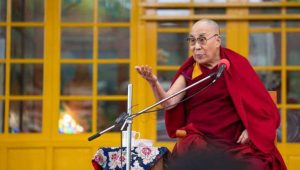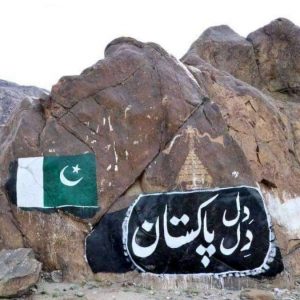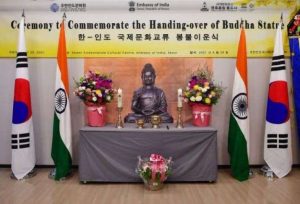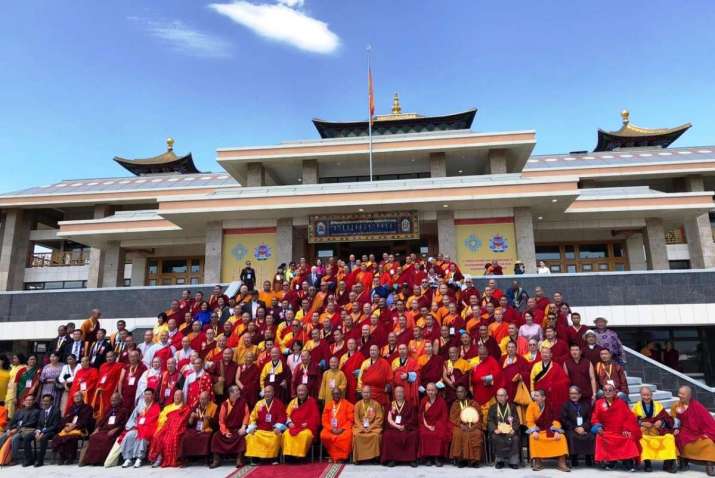
The 11th General Assembly of the Asian Buddhist Conference for Peace (ABCP) was held in the Mongolian capital Ulaanbaatar on 21–23 June, with delegates from Mongolia, as well as Cambodia, India, Nepal, Russia, South Korea, Sri Lanka, and Vietnam, with a Tibetan delegation led by Venerable Thupten Ngodup, the Nechung Kuten, with representatives from all of the major Buddhist traditions.
The conference, titled “Buddhist Heritage and Values in the 21st Century,” marked the 50th anniversary of the ABCP, first convened under the aspiration of Asian countries to preserve their cultural heritage through spreading the teachings of the Buddha and valuing wisdom and compassion in ensuring peace.
The event was hosted by Mongolia’s foremost monastery, Gandan Tegchenling, founded in 1809 by the Gelug school of Vajrayana Buddhism, and the institutional and cultural center of Mongolian Buddhism. The monastery’s abbot, His Eminence the Khamba Lama Gabju Choijamts Demberel, is the highest-ranking Buddhist leader in the country. He is also president of the Asian Buddhist Conference for Peace and head of the Centre of Mongolian Buddhists.
Among the leaders who participated in the conference was the most senior Buddhist in the Russian Federation and in the Republic of Buryatia, the 24th Pandito Khambo Lama Damba Badmayevich Ayusheev; the head lama of the Kalmyk people, Telo Tulku Rinpoche, who is also the honorary representative of the Dalai Lama for Russia, Mongolia, and the members of the Commonwealth of Independent States; and the head lama of the Tuvan people, Lopsan Chamzy.
His Holiness the Dalai Lama delivered a video message for the assembly, which was presented during the opening ceremony by Telo Tulku Rinpoche. His Holiness remarked that the Sakya tradition of Tibetan Buddhism first became known in Mongolia in the time of Drogon Chogyal Phagpa (the fifth leader of the Sakya school). Then, following the Omniscient Sonam Gyatso (the third dalai lama), the tradition of Je Tsongkhapa spread throughout the country.
The Dalai Lama stressed that over subsequent centuries a great number of Mongolian scholars and accomplished masters had emerged, noting that during his own life many top Mongolians scholars and geshes in the three monastic universities (Drepung, Gaden, and Sera) have made remarkable contributions to the Buddhadharma. His Holiness expressed appreciation that the ABCP assembly was being held in Mongolia, and urged Mongolians to study Buddhist philosophy as even modern Western scientists are paying attention to Buddhist philosophy.
Among the distinguished guests was the president of Mongolia, Khaltmaagiin Battulga. During the opening ceremony he remarked: “Mongolia has always supported the Asian Buddhist Conference for Peace, and it has been seen as valuable contribution of Mongolians not only to ensuring peace throughout the world but to maintaining its values, which are still valid to this day. Guided by the teachings of the compassionate Buddha, during the difficult times of Cold War, the Asian Buddhist Conference for Peace made its voice heard not only in Asia but throughout the whole world. Moreover, it has presented new opportunities in cultural, educational, and economic long-term cooperation where human rights, freedom, and unity are upheld. Therefore, the conference was registered as an observer to the UN’s Economic and Social Council in 1988 in recognition of its contribution to the well-being of humanity through its actions for peace.” (Office of the President of Mongolia)
The closing ceremony included a dinner reception and cultural performances in the Battsagan Hall of Gandan Teckchenling.
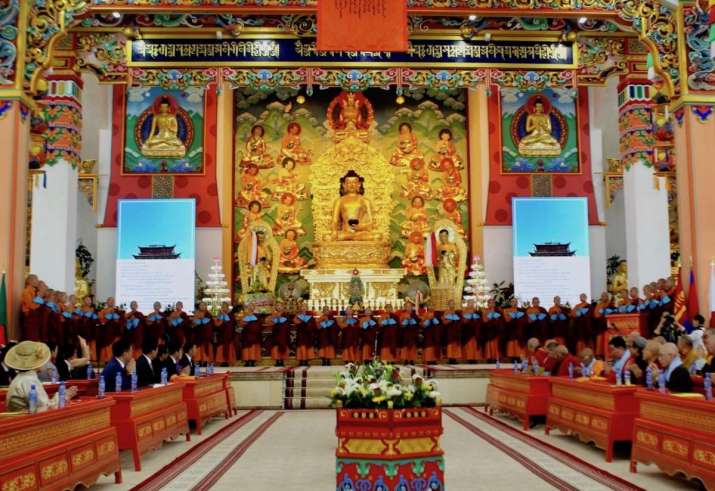
The Asian Buddhist Conference for Peace is a voluntary mass movement of Asian Buddhists reflecting their sincere aspirations to realize the ideals of peace, justice, and human dignity. Its aim is to bring together efforts of Buddhists in support of consolidating universal peace, harmony and cooperation among people of Asia.
The history of the organization dates to 1968, when three eminent Buddhist monks—Ven. Khamba Lama Samagiin Gombojav (Mongolia), Ven. Khamba Lama Jambaldorj Gomboev (USSR) and Ven. Kushok Bakula Rinpoche (India)—met in Buryatia to discuss the state of Buddhism in the region and to explore the possibility of setting up a Buddhist organization. In July 1969, Ven. Sumanatissa and Ven. Wipulasara (Sri Lanka), Ven. Jinaratana (India) and Ven. Amritananda (Nepal) visited Ulaanbaatar at the invitation of Khamba Lama Gombojav. Over the course of their meeting they agreed to establish an international Buddhist organization in the Mongolian capital.
On 13 June 1970, another meeting was held in Ulaanbaatar, setting a resolution to establish an international organization called the Asian Buddhist Committee for Promoting Peace. The first general assembly was held in the city and Ven. Gombojav was elected president. During the third general assembly in New Delhi in 1974, the organization’s current name was adopted, and in the same year His Holiness the Dalai Lama participated in the forum and became an ABCP member.
The ABCP, one of the few religious organizations registered in the United Nations, has since convened 11 general assemblies in Mongolia, Sri Lanka, India, Japan, and Laos.
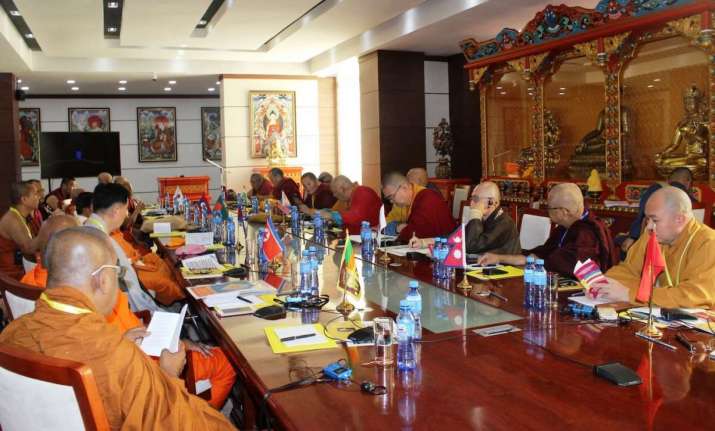
See more
His Holiness the Dalai Lama delivers a special message to the 11th General Assembly of the Asian Buddhist Conference for Peace (Central Tibetan Administration)
11th Asian Buddhist Conference for Peace Concludes with Strongest Representation of Tibetan Buddhist Tradition (Central Tibetan Administration)
Remarks by President Khaltmaagiin Battulga at the 11th General Assembly of the Asian Buddhist Conference for Peace (Office of the President of Mongolia)











